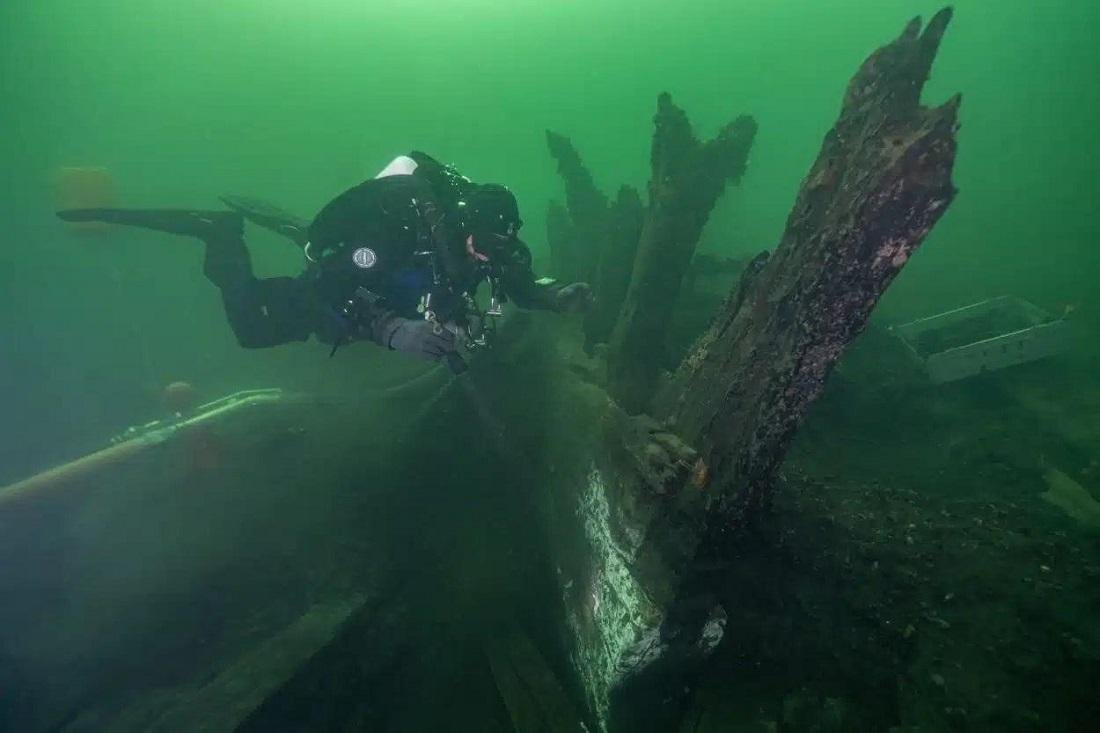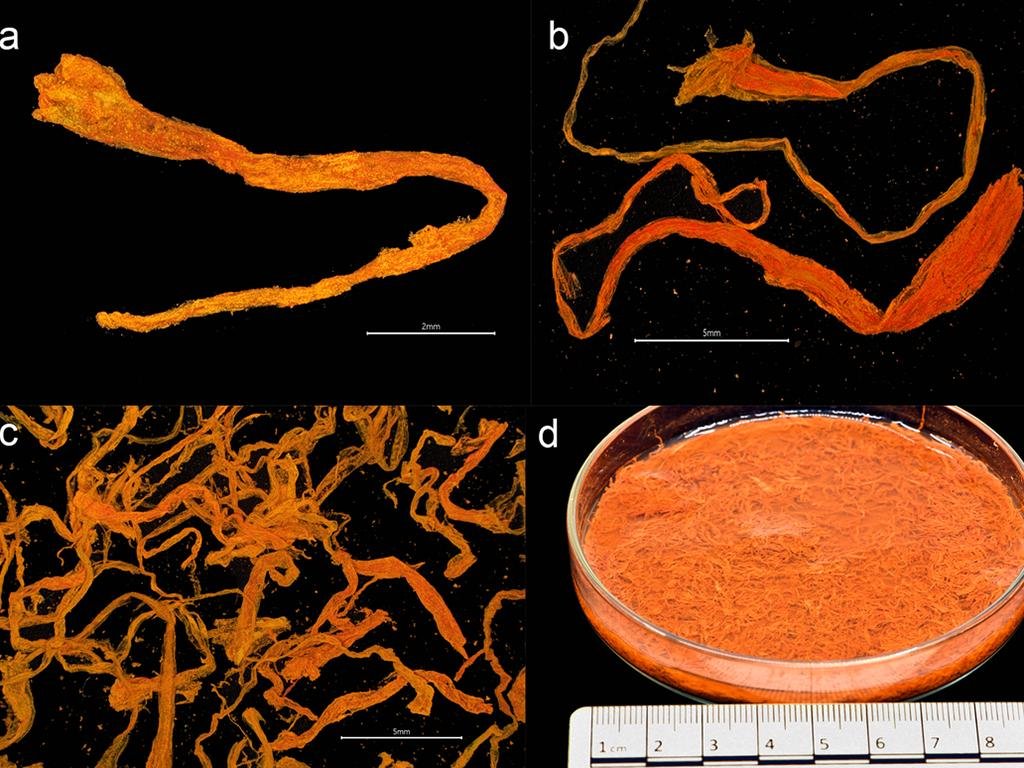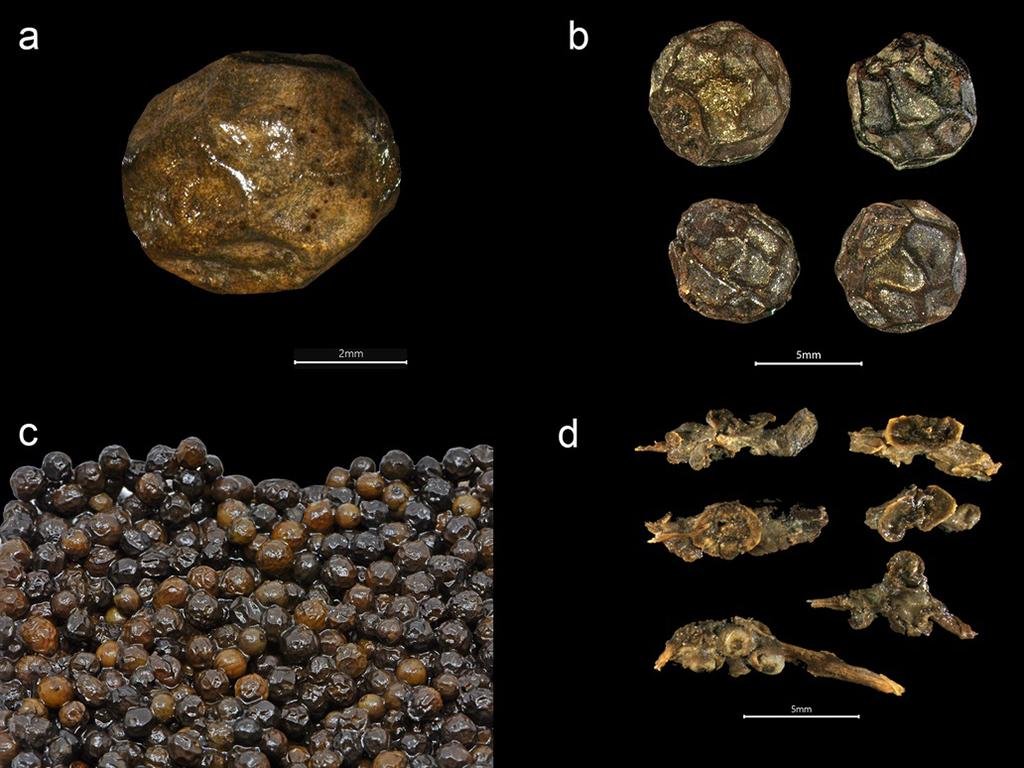A trove of Medieval spices found in 500-year-old shipwreck
King Hans of Denmark and Norway anchored his warship near the southern coast of Sweden in the summer of 1495. While Hans was on land, his ship, Gribshunden or Griffen, caught fire and sank to the bottom of the Baltic Sea.

Hans was on his way to Kalmar, where he hoped to be elected Sweden’s King. The ship had served as the King’s “floating castle,” and he had a wealth of treasures on board.
Divers first discovered the wreckage in the 1960s, but it wasn’t until 2000 that a diver realized it was more than just a shipwreck.
After local officials ordered an archaeological reconnaissance mission, the algae-covered remains were identified as Gribshunden.

Divers were able to recover more than 40 species of plants by sifting through the wreckage with their hands and aided by an underwater vacuum, according to a research published on Jan. 26 in the journal PLOS One.
The spices discovered included ginger, clove, peppercorns, dill, mustard, and caraway, as well as the remains of fruits and vegetables such as cucumbers, grapes, raspberries, and blackberries. Almonds and hazelnuts were also discovered.
The discovery of a “substantially complete royal medieval pantry” provides new insights on how nobility in the Baltic region lived and what they ate, according to study co-authors Mikael Larsson and Brendan Foley of Lund University in Sweden.
“In the field, we knew that we had something special the moment the exotic spices appeared in the excavation,” said Brendan Foley.
“The Nordic region was not an isolated backwater to continental Europe, but a vibrant and connected group of emerging nation-states with regional style and consumption patterns that were as sophisticated and diverse as those on the continent,” Foley told McClatchy News.

“This is perhaps the most thrilling haul of spices from a shipwreck because of its age, quality of the plant remains — exotic, expensive spices — and the remarkable state of preservation,” he told Newsweek.
“Beyond shipwrecks, this is certainly among the most fabulous discoveries of spices in any archaeological context, on land or sea.”
The Gribshunden’s design was comparable to Christopher Columbus’ Santa María and other ships of the time that enabled European countries to expand into the “New World.”
“It’s our best look at what those ships must have been like,” Foley said. “It’s a well-preserved example of the enabling technologies that led to European domination of the planet after 1492.”
More information: Larsson M, Foley B (2023) The king’s spice cabinet–Plant remains from Gribshunden, a 15th century royal shipwreck in the Baltic Sea. PLOS ONE 18(1): e0281010. https://doi.org/10.1371/journal.pone.0281010






